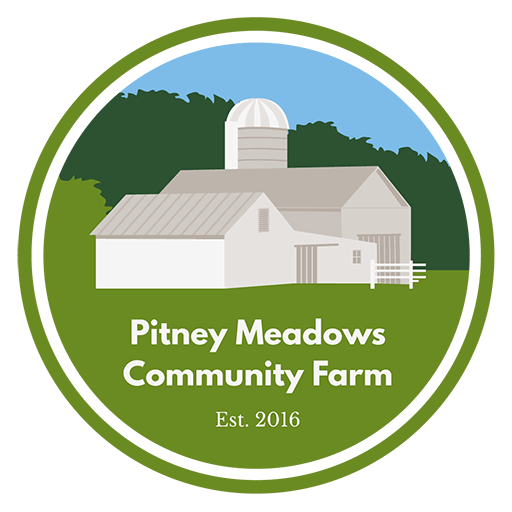Inviting Bees and Butterflies to the Farm
At Pitney Meadows, we’re aiming not only to grow food for (and by) our community but also to grow and sustain a healthy habitat for important pollinators. In our Community Garden, we just enhanced our Butterfly Garden/Monarch Waystation, with Catmint, Butterfly Weed, Columbine, Dill, and Bleeding Heart
to encourage visits from Monarchs, Black Swallowtails, and Painted Ladies, among many others. If we’re lucky, we might get a visit from the endangered Karner Blue (the Wilton Wildlife Preserve has a Karner Blue habitat, which includes the blue lupine the insects need to survive). In our fields, the zinnias, snapdragons, calendula, yarrow, amaranthus, rudbeckia, and sunflowers we grow for cut flowers, as well as herbs like thyme and mint, all beckon the pollinators, too.
According the Xerces Society for Invertebrate Conservation, the ecological service these pollinators provide is necessary for more than 85 percent of the world’s flowering plants, including more than two-thirds of the world’s crop species. The United States alone grows more than 100 crops that either need or benefit from pollinators, and the economic value of these native pollinators is estimated at $3 billion per year in the U.S. Beyond agriculture, pollinators are keystone species in most terrestrial ecosystems. Fruits and seeds derived from insect pollination are a major part of the diet of approximately 25 percent of all birds, and of mammals ranging from red-backed voles to grizzly bears.
Want to start a pollinator garden at home? Check out the Xerces Society pollinator plant list of Northeast natives that will invite butterflies and bees into your garden.
And for a list of all the butterflies spotted in our state, see butterflyidentification.org.
